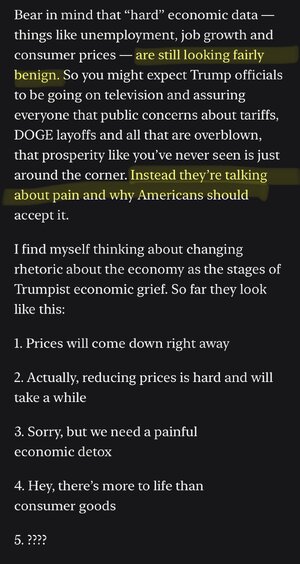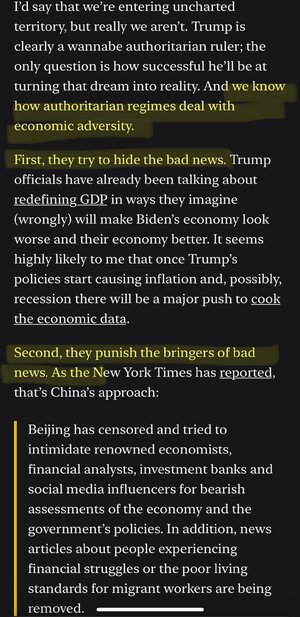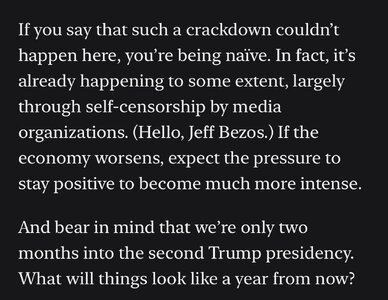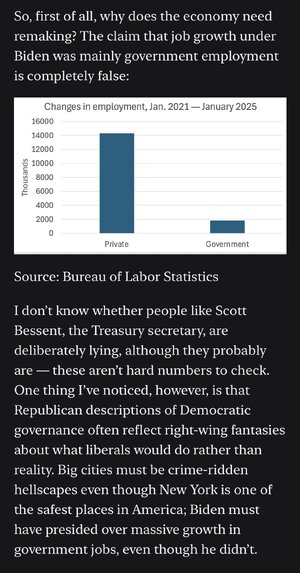“Higher U.S. tariffs on imports are set to slow economic growth and push inflation higher around the world, with further increases threatening an even more severe downturn, the Organization for Economic Cooperation and Development said.
In a quarterly report published Monday, the Paris-based research body cut its growth forecasts for most of the world’s largest economies over this year and next, the main exceptions being China, Argentina and Turkey.
… Its largest downgrades were reserved for the two economies that trade most heavily with the U.S. and face significantly higher barriers to their exports.
The OECD now expects Mexico’s economy to contract by 1.3% this year and 0.6% in 2026, having previously forecast growth of 1.2% and 2.8%.
For Canada, it now expects growth of 0.7% in both 2025 and 2026, having previously forecast expansions of 2%.
The OECD said the U.S. economy will now likely grow by 2.2% this year and 1.6% next. It previously forecast growth of 2.4% and 2.1%. …”





